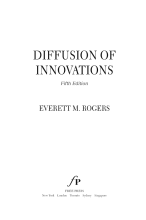Reactions of Alkenes and Alkynes - What are the Mechanisms of Electrophilic Addition to Alkenes?
14 important questions on Reactions of Alkenes and Alkynes - What are the Mechanisms of Electrophilic Addition to Alkenes?
Name three types of addition reactions to alkenes.
2. addition of water
3. addition of halogens(Cl2, Br2)
What is a regioselective reaction?
What is the Markovnikov's rule?
- Higher grades + faster learning
- Never study anything twice
- 100% sure, 100% understanding
What is the rate determining step in the electrophilic addition of HCl to 2-Butene?
What is the second step in the addition of HCl to 2-Butene?
What does the spacial arrangement of a carbocation look like?
How is the stability of carbocations ordered?
What is the relation between the Markovnikov's rule and carbocation stability?
How does the inductive effect account for the relative stabilities of the carbocations?
What are the steps in acid catalyzed hydration of Propene?
2. Reaction between a nucleophile and electrophile to form a new covalent bond.
3. Removal of a proton from the H2O group.
What is a stereoselective reaction?
What is meant with anti stereoselectivity?
Describe the mechanism of bromine addition to a carbon-carbon double bond.
2. The bromide ion serves as a nucleophile and reacts with the bromonium ion.
What is a halonium ion?
The question on the page originate from the summary of the following study material:
- A unique study and practice tool
- Never study anything twice again
- Get the grades you hope for
- 100% sure, 100% understanding
































